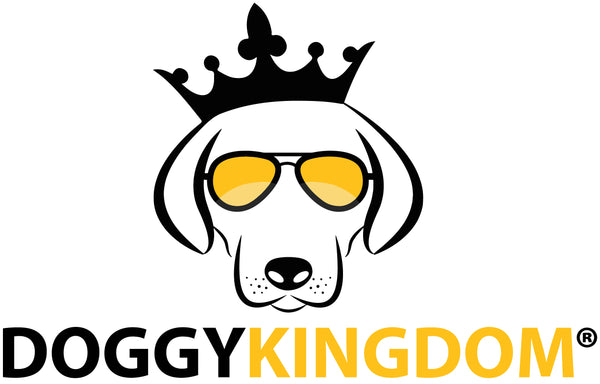Dogs and Bees: Protecting Your Canine Companion
Share
Spring and summer bring an abundance of bees which can pose a danger to your pet. Sometimes bees and dogs don’t mix. Fido is naturally curious and might try to sniff, chase, or catch the bee which can result in a painful sting.
Signs Your Dog Has Been Stung by a Bee
If your dog is playing outside, you might not actually see him get stung by a bee but there are signs that the incident has occurred. Your canine companion might suddenly yelp or cry out from the pain of the sting. He may run away from the flowerbed or location of the bee in fear. Perhaps the dog starts to lick or paw at a spot on their foot, face, or body. Usually, there is noticeable swelling. If the dog is stung on the face or mouth, then he might start to excessively drool.
Bee stings on a dog commonly occur on the following locations:
- Mouth
- Face
- Paws
What to Do If Your Dog is Stung by a Bee
If your dog is stung by a bee, you need to monitor the animal to make sure they do not experience an allergic reaction to the sting. You might want to call your veterinarian to let them know that your dog has been stung and see if they advise you to bring the animal into the clinic for observation. In most cases, if your dog does not have a history of allergic reactions, the veterinarian will advise you to watch the canine for signs of an allergic reaction before bringing him in.
Allergic Reaction to a Bee Sting in a Dog
If your dog has been stung by multiple bees or been stung in the past, then the animal might develop a more severe allergic reaction. Examine the location of the sting. Is there localized swelling? Watch the swelling to make sure it does not get too large.
If the dog is stung in the mouth, nose, or throat then make sure the swelling does not impact the dog’s breathing. If the animal starts to wheeze or gasp for oxygen, then it is imperative that you seek immediate emergency assistance.
If your dog starts to vomit five to ten minutes after being stung or displays white gums, then the animal could be entering a state of anaphylactic shock which can become life threatening if you do not seek medical help.
Other symptoms of a dangerous reaction to watch for include drooling, aggression, or agitation.
Following a bee sting, make your dog comfortable for about an hour and closely watch the animal. You can give over the counter antihistamines but be sure to ask your veterinarian for a recommended dosage.
The Area of Skin After a Sting
Usually, the area of the sting will become sensitive to the touch and slightly puffy. If the bee has left behind a stinger in the wound, then remove the stinger using a pair of tweezers. You can apply a cool, damp towel to the sting site to help ease swelling and discomfort.
Most dogs start to feel better within a few hours following a bee sting and can return to normal activity.




8 comments
Thanks. Good info to know. I hope it never happens to my Gypsy.
A couple of years ago, our English Setter LOVED to chase bees. At our cottage I had a container garden of flowers. She stalked that container all day and eventually caught a bee in her mouth. She swelled up so badly on her face/neck area, we took her to the vet where they treated her. She turned out fine, however she continued to chase bees and we had to get a prescription for a childs EPI-pen to keep on hand just in case. It was very scary for her and us.
A couple of months ago, Buddy stepped on a bee. He managed to get the bee out of his paw, but I wasn’t sure about the stinger. He would not let me touch it. Luckily, we weren’t far from home and I carried him back. Our other dog looked on with concern. After a few calls to local vets, we ended up going to the vet hospital. Fortunately, Buddy was not allergic and they gave him Benadryl to help keep him comfortable. A couple of hours later, we got him back and all was well. The bees in our neighborhood like to hover the grass, so I consider us lucky that this has not happened sooner or more often.
Thanks for the info on the bee sting problem. My dog Finn is constantly chasing them especially bumble bees as our yard is loaded with flowers and greenery and now I have an idea of what to watch for if he gets stung. Again, thanks for the info.
Thanks for the info on the bee sting problem. My dog Finn is constantly chasing them especially bumble bees as our yard is loaded with flowers and greenery and now I have an idea of what to watch for if he gets stung. Again, thanks for the info.